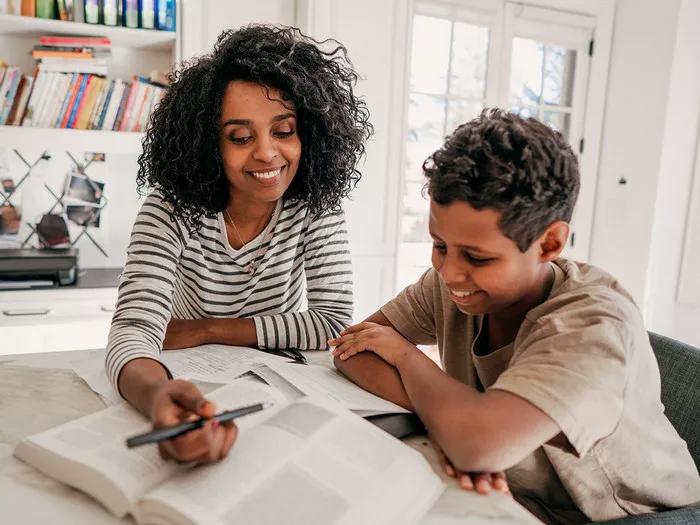Language learning is a fulfilling journey, opening doors to new cultures, opportunities, and perspectives. However, for individuals with dyslexia, the path to mastering a new language can present unique challenges. Dyslexia, a learning disorder that affects reading, writing, and spelling abilities, can make traditional language learning methods less effective. Despite these challenges, there are tailored strategies and approaches that can empower dyslexic learners to excel in language acquisition. In this article, we will explore the best practices and techniques for dyslexic individuals to learn a new language effectively.
Understanding Dyslexia and Language Learning
Before delving into strategies, it’s crucial to understand how dyslexia impacts language learning. Dyslexia is characterized by difficulties in phonological processing, working memory, and rapid automatized naming, which are all essential skills for language acquisition. These challenges can manifest in various ways, such as difficulty in recognizing and manipulating sounds in words, struggles with spelling and decoding, and slower reading fluency.
In the context of language learning, dyslexic individuals may encounter obstacles in areas such as:
1. Phonological Awareness: Difficulty in distinguishing and manipulating sounds in the target language.
2. Reading Fluency: Challenges in decoding written text and maintaining reading pace.
3. Working Memory: Limited capacity to retain and process information, hindering comprehension and retention.
4. Visual Processing: Struggles with recognizing and recalling written words accurately.
5. Motivation and Confidence: Negative experiences with language learning can impact self-esteem and willingness to engage with the material.
Despite these challenges, dyslexic individuals possess unique strengths, such as creativity, problem-solving skills, and a holistic thinking approach, which can be leveraged in language learning.
Strategies for Dyslexic Language Learners
1. Multisensory Learning: Engage multiple senses, including auditory, visual, and kinesthetic, to reinforce language learning. Use activities such as listening to audio recordings, watching videos with subtitles, and practicing pronunciation through speaking and writing.
2. Structured Phonics Instruction: Break down the phonetic components of the language into manageable units and teach them systematically. Focus on mastering sound-symbol correspondences and syllable structures to improve reading and spelling skills.
3. Chunking and Pacing: Break down language material into smaller chunks or segments to facilitate comprehension and retention. Set a comfortable pace for learning, allowing ample time for processing and practice.
4. Visual Aids and Mnemonics: Utilize visual aids, such as flashcards, diagrams, and mind maps, to enhance understanding and memory retention. Create mnemonic devices or visual associations to reinforce vocabulary and grammar concepts.
5. Interactive Learning Platforms: Explore digital resources and language learning apps designed specifically for dyslexic learners. These platforms often incorporate features such as dyslexia-friendly fonts, customizable settings, and interactive exercises tailored to individual learning needs.
6. Structured Routine and Repetition: Establish a consistent study routine with dedicated time for language practice each day. Review previously learned material regularly to reinforce learning and build proficiency over time.
7. Positive Reinforcement and Support: Cultivate a supportive learning environment that emphasizes progress and celebrates achievements. Encourage self-advocacy and provide access to resources such as tutors, support groups, and assistive technology.
8. Contextualized Learning: Connect language learning to real-life contexts and experiences to make it more meaningful and engaging. Explore topics of personal interest, cultural aspects, and practical applications of the language to enhance motivation and relevance.
9. Flexible Assessment and Feedback: Offer alternative forms of assessment that accommodate diverse learning styles and strengths. Provide constructive feedback and encouragement, focusing on areas of improvement while acknowledging progress and effort.
10. Self-Reflection and Goal Setting: Encourage learners to reflect on their learning journey, identify challenges and strengths, and set realistic goals for improvement. Break long-term goals into smaller, achievable milestones to maintain motivation and track progress.
Case Studies and Success Stories
To illustrate the effectiveness of these strategies, let’s explore a few case studies of dyslexic individuals who have successfully learned a new language:
Emma: Despite struggling with dyslexia, Emma utilized multisensory learning techniques, including audio resources and visual aids, to learn Spanish. By incorporating her passion for music and rhythm into language practice, she improved her pronunciation and fluency significantly.
Daniel: Through structured phonics instruction and mnemonic devices, Daniel overcame his difficulties with reading and spelling in English. By breaking down complex words into phonetic components and creating visual associations, he built a strong foundation in vocabulary and grammar.
Sophie: With the support of a dyslexia-friendly language learning app, Sophie developed French proficiency at her own pace. The interactive exercises and customizable features allowed her to tailor the learning experience to her specific needs, boosting her confidence and motivation.
Conclusion
Language learning is a rewarding endeavor that enriches lives and broadens horizons. For individuals with dyslexia, navigating the complexities of language acquisition may require tailored strategies and support. By leveraging multisensory approaches, structured instruction, and personalized learning experiences, dyslexic learners can unlock their full potential and thrive in mastering a new language. With patience, perseverance, and the right resources, the journey to multilingualism is within reach for all.


